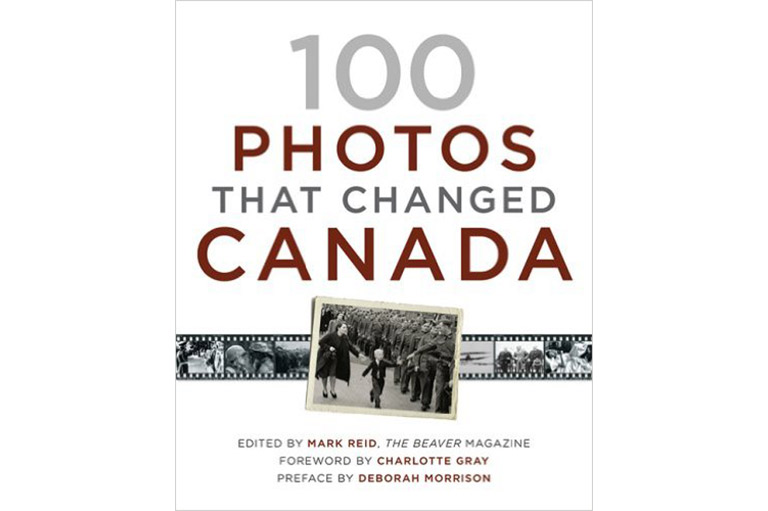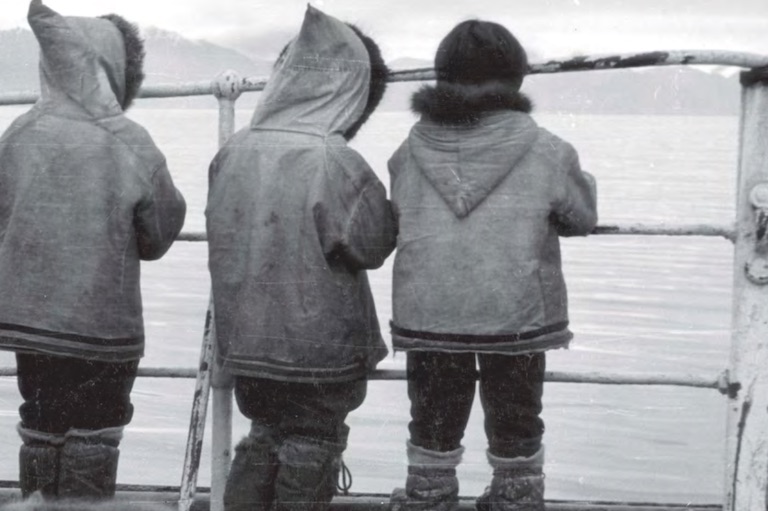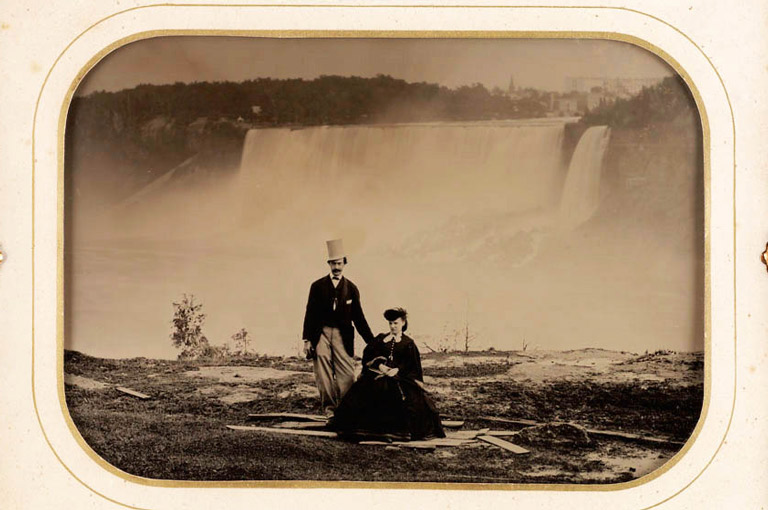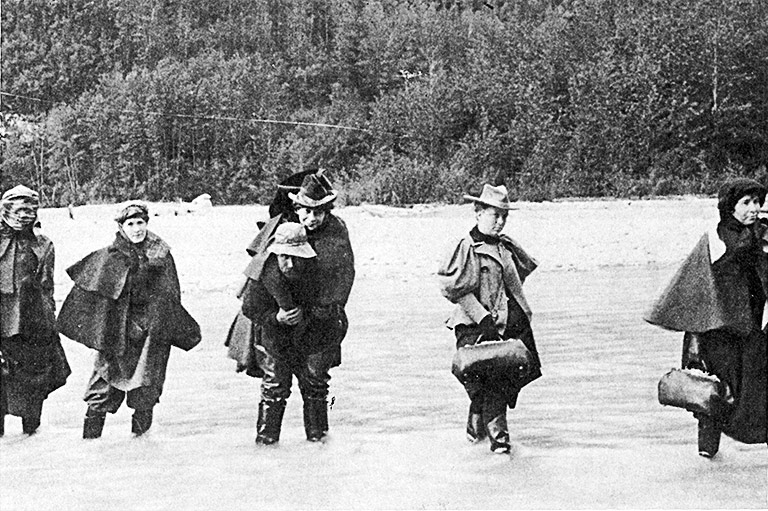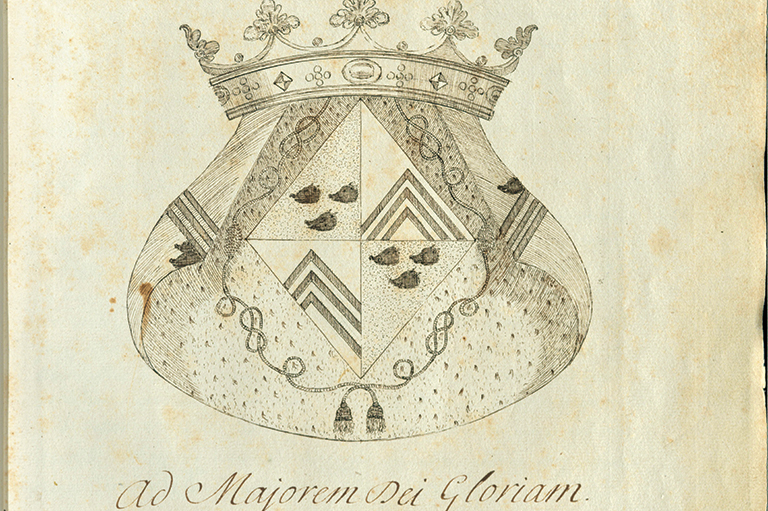More Than a Thousand Words
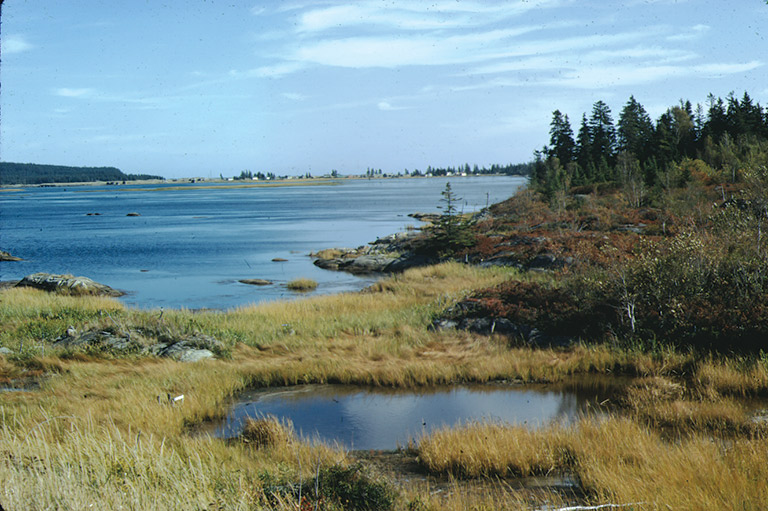
Photographs are a powerful tool for preserving the past, but Rosemary Gilliat Eaton took that power further. Her camera captured the rural beauty of Cole Harbour, Nova Scotia, when it was threatened by encroaching development, and — as recently recognized by the John Bragg Award for Atlantic Canada — she used her photos to save more than just memories.
Rosemary Gilliat was born in 1919 in Hove, England, and spent much of her childhood in Ceylon (now Sri Lanka). Her interest in photography began at an early age. She started her photojournalism career primarily in England, but stories of Canada and its vast, open wilderness drew her westward. She emigrated here in 1952 and quickly fell in love with the country. As a freelance photojournalist, Gilliat worked for such magazines as Canadian Geographic, Maclean’s, and the Hudson’s Bay Company’s magazine The Beaver, now Canada’s History.
In the 1960s a chronic inner-ear issue curtailed her career, and in 1963 she married hydrographic engineer Richard Michael Eaton. His work led the couple to move from Ottawa to Nova Scotia two years later. She found much to love in Cole Harbour, just east of Halifax, aiming her camera lens at the local salt marsh and the flocks of geese that called it home — capturing them as she had the marvels of the Canadian Arctic a decade earlier.
With 7 uniquely curated newsletters to choose from, we have something for everyone.
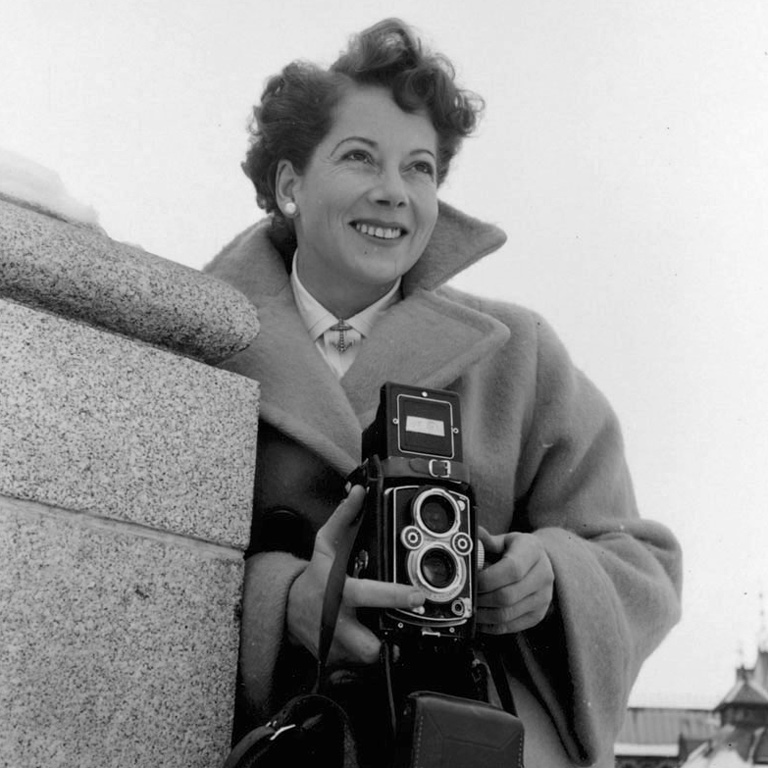
Gilliat Eaton spent the rest of her life in Cole Harbour, and she soon became aware that she might outlive the environment she took such joy in documenting. The surrounding farmland was being bought up for housing developments, with plans to drain the resulting sewage into the salt marsh, doing irreparable damage to wildlife habitats in the process.
With like-minded residents, Gilliat Eaton helped to establish the Cole Harbour Rural Heritage Society (CHRHS) to fight the developments. The CHRHS advocated for the preservation of Cole Harbour’s rural character and the natural environment that she believed was so important. Her photographs formed the backbone of the society’s preservation campaigns, introducing the salt marsh to the wider public and showcasing the beauty that was at stake. That effort led to one of the CHRHS’s greatest achievements: the preservation of the 162-hectare (400-acre) Cole Harbour Heritage Park.
In recognition of Gilliat Eaton’s work, the CHRHS launched The Rosemary Eaton Legacy Project, which in turn completed an outdoor classroom in July 2024 with funding from the John Bragg Award for Atlantic Canada to further inspire environmental awareness.
If you believe that stories of women’s history should be more widely known, help us do more.
Your donation of $10, $25, or whatever amount you like, will allow Canada’s History to share women’s stories with readers of all ages, ensuring the widest possible audience can access these stories for free.
Any amount helps, or better yet, start a monthly donation today. Your support makes all the difference. Thank you!
Themes associated with this article
Advertisement
Save as much as 40% off the cover price! 4 issues per year as low as $29.95. Available in print and digital.


